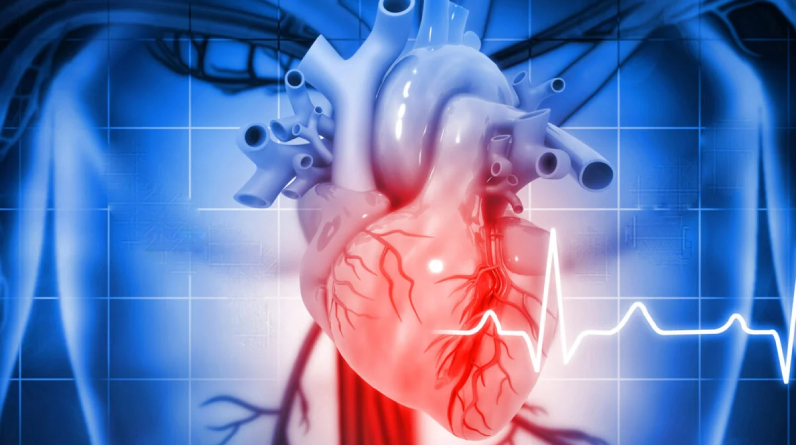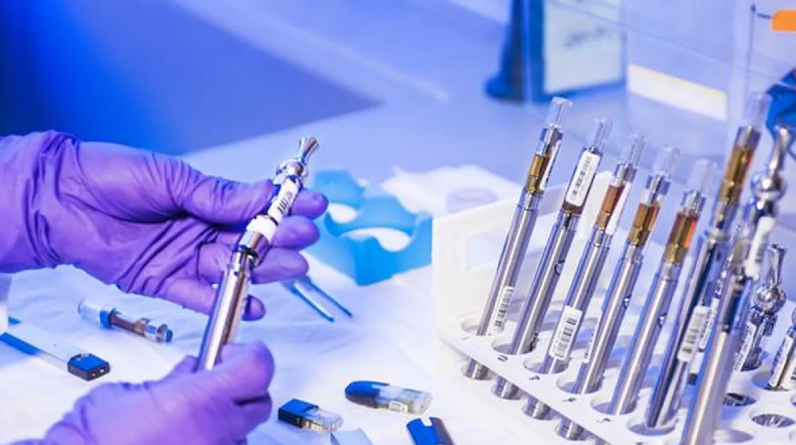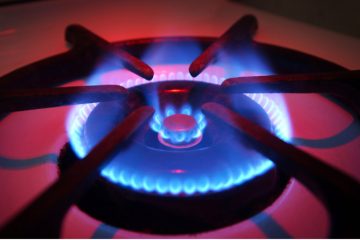Damaged heart tissue may be repaired using a novel biomaterial

A new biomaterial has been developed that has the potential to be used in the treatment of heart attack-related tissue damage by being injected intravenously and reducing inflammation.
A new biomaterial has been developed that has the potential to be used in the treatment of heart attack-related tissue damage by being injected intravenously and reducing inflammation. Patients with traumatic brain injury and pulmonary arterial hypertension may benefit from the biomaterial, according to a study from the University of California (UC) San Diego in the United States. Both small and large animal models of heart attack tissue damage were successfully treated with the biomaterial, as shown in the study. (Also see: Preventing a heart attack while out for a brisk winter morning stroll.)
According to Karen Christman, a professor at UC San Diego and the team’s lead researcher, “this biomaterial allows for treating damaged tissue from the inside out.
According to Christman
“it’s a new approach to regenerative engineering.”

Within one to two years, Christman predicts, a study testing the biomaterial’s safety and efficacy in human subjects could begin.
Nature Biomedical Engineering is where the research article can be found.
Scar tissue forms following a heart attack, reducing muscle function and increasing the risk of developing congestive heart failure. After a heart attack, there is no tried-and-true method for mending the damaged heart muscle.
According to Dr. Ryan R. Reeves of the UC San Diego Division of Cardiovascular Medicine, “coronary artery disease, acute myocardial infarction, and congestive heart failure continue to be the most burdensome public health problems affecting our society today.”
To improve patient outcomes and decrease debilitating symptoms, “I would love to have another therapy,” Reeves said as an interventional cardiologist who treats patients with coronary artery disease and congestive heart failure on a daily basis.
The group’s goal was to create a therapy that could be given to patients within the first few critical hours following a heart attack. To do this, the study recommended creating a biomaterial that could be injected intravenously or infused into a heart vessel at the same time as other treatments like angioplasty or a stent.
This paper’s first author, Martin Spang, explains that the team’s goal was to “design a biomaterial therapy that could be delivered to difficult-to-access organs and tissues by exploiting the bloodstream” (the vessels that already supply blood to these organs and tissues).
The new biomaterial is infused or injected intravenously, which, according to the study, has the benefit of ensuring that it is distributed uniformly throughout the injured tissue.
Hydrogel was developed in Christman’s lab and has been shown to be safe for use with blood injections in preclinical trials. The study found that the hydrogel’s particle size was too large to effectively target leaking blood vessels.
Also Read :The Lionsgate Announces Chief Digital Officer Worldwide Film Distribution Briana McElroy
According to the study, this problem was resolved by Spang, who at the time was a PhD student in Christman’s lab, by centrifuging the liquid precursor of the hydrogel in order to separate the larger particles and retain only the nano-sized ones.
Dialysis and sterile filtration were performed on the resulting material before it was freeze dried. The study concluded that the final powder could be used as a biomaterial for intravenous injection or infusion into a coronary artery.
Following this, the biomaterial was evaluated in a rodent model of a heart attack. Since holes form between endothelial cells in blood vessels after a heart attack, the researchers reasoned that the material would be able to travel through the vessels and into the tissue.
But then there was another development.
To accomplish this, the biomaterial adhered to the cells, filling in the spaces between them, and hastening the repair of the blood vessels, all of which contributed to a decrease in inflammation. According to the study, researchers also tested the biomaterial in a porcine model of heart attack and found positive outcomes.
Both a rat model of traumatic brain injury and a rat model of pulmonary arterial hypertension were used to test the hypothesis that the same biomaterial could help target other types of inflammation. According to the study, Christman’s team will conduct a number of preclinical tests for these diseases.
An unaltered version of a wire service’s original report was used for this article. The article itself has not been altered in any way, except for the headline.
Leave a reply
You must be logged in to post a comment.









